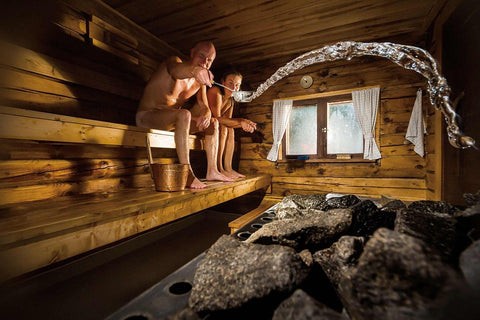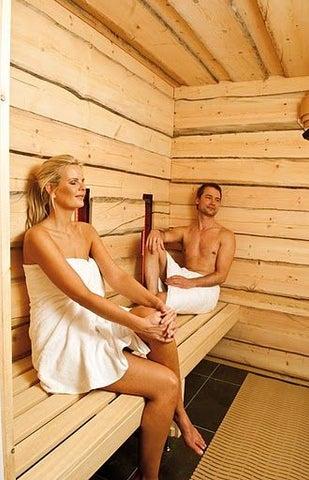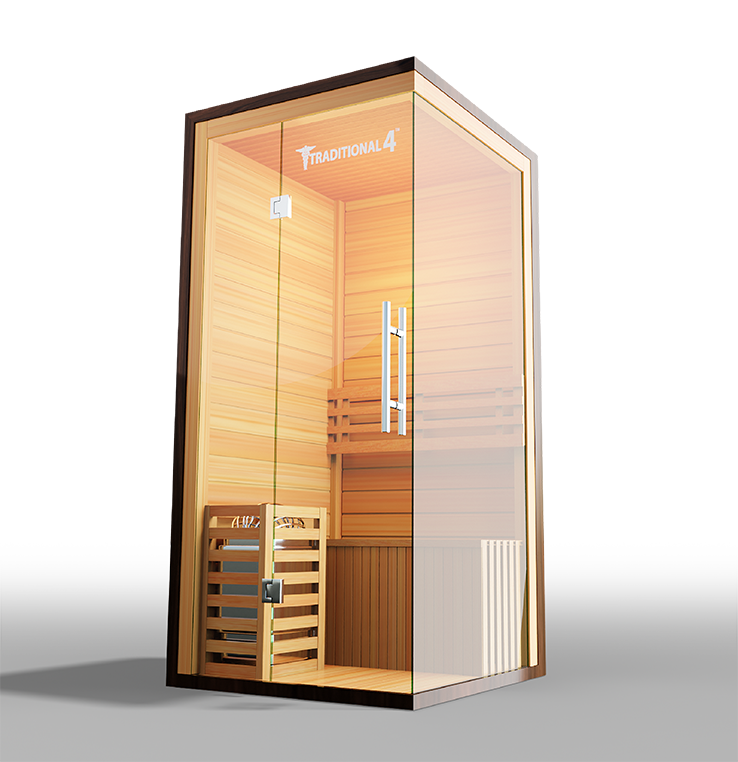A Biased View of Traditional Sauna
A Biased View of Traditional Sauna
Blog Article
The 20-Second Trick For Traditional Sauna
Table of Contents9 Easy Facts About Traditional Sauna DescribedThe 3-Minute Rule for Traditional SaunaThe 25-Second Trick For Traditional SaunaThe Of Traditional SaunaThe Traditional Sauna PDFs
The majority of the weight shed in a sauna is water loss and is re-gained upon rehydrating. However, without an uncertainty sauna can be a vital part of a healthy weight loss program. To consider the differences in between conventional and IR saunas, I will certainly divide these into proven, theoretical, and produced distinctions.Thus, the most popular factor in the saunawhich goes to the ceiling straight over the sauna heateris typically between 185 and 190 F. Claims that a standard sauna goes beyond 200 F is merely not real and not relevant for electric saunas offered in the United States. The temperature for a far-infrared sauna is usually set in between 120 and 140 F; however, unlike the standard sauna, the goal in and IR space is not to attain a high temperature.
Due to this, the temperature level difference is nearly unimportant, since extreme sweating results in both sauna kinds, but the method of warming the body is different. In an IR sauna the bather will certainly feel hot and will sweat profusely, however at a lot reduced temperatures (Traditional Sauna). Therefore, if the goal is to spend longer periods of time in the sauna, the IR sauna is an excellent selection
When a conventional sauna has been correctly warmed, the sauna walls are warm, the air temperature level has accomplished established temperature and the rocks are very warmed. As an intriguing side note, the heated walls and the rocks are producing far-infrared warm, incorporated with the heated air, to develop an "enveloping heat".
How Traditional Sauna can Save You Time, Stress, and Money.

When the heat is attained, the components cycle on and off to keep the high temperature level. Most conventional sauna users delight in pouring water over the rocks to develop vapor to elevate sauna humidity levels. The advantages of putting water over the rocks include: making the space more comfy, dampening the nasal passages, and permitting the use of aromatherapy by blending important oils with the water.

When the energy gets in the body, it causes the body temperature level to increase and inevitably leads to sweat. In an infrared sauna it is essential for the emitters/heaters to remain on virtually continuously. Because there click reference is no mass of rocks to preserve warm, the sauna will certainly cool down if the emitters shut down.
As mentioned over, the sauna bather in an infrared area intends to place himself before operating emitters to obtain maximum take advantage of the heat. The heating time for the 2 areas can be very different, relying on how the areas are used. For a conventional sauna, a bather needs to allow 30-40 mins for the area to accomplish a preferred temperature level and to effectively pre-heat the rocks.
Rumored Buzz on Traditional Sauna
A well created learn the facts here now sauna will generally achieve a temperature level of 150-160 F in regarding 30-40 mins. For hotter temperature levels, the space may need to warmth for a longer duration.

Typical saunas tend to be larger (therefore make use of even more power) than infrared saunas, although typical saunas are absolutely available in one and 2 individual dimensions. For a two-person typical sauna, 5x6 or 5x7 size is most preferred. The leading bench can comfortably seat two or three people and is additionally enough time to lie down throughout the sauna session.
Things about Traditional Sauna
The typical price per kWH of electrical power in the united state is around $0.11, so a 4.5 kW heater will certainly cost around $.50 to run for one hour, if the heating system runs continually for one hour. Normally a sauna heating system will certainly compete 75% of the very first hour and 50% of succeeding hours on given that the elements cycle once the set temperature is achieved.

There is a seldom discussed difference in the social experience in between the 2 spaces. While our culture has lost some of the social advantage of the traditional sauna experience, it can be really socially gratifying (Traditional Sauna). From family members time in the sauna, to heart-felt discussions with considerable others, to sauna partiesthe conventional sauna experience can result in intimate mingling
More About Traditional Sauna
Many greater end infrared spaces include colored light treatment, noise systems and full-glass fronts.
Report this page